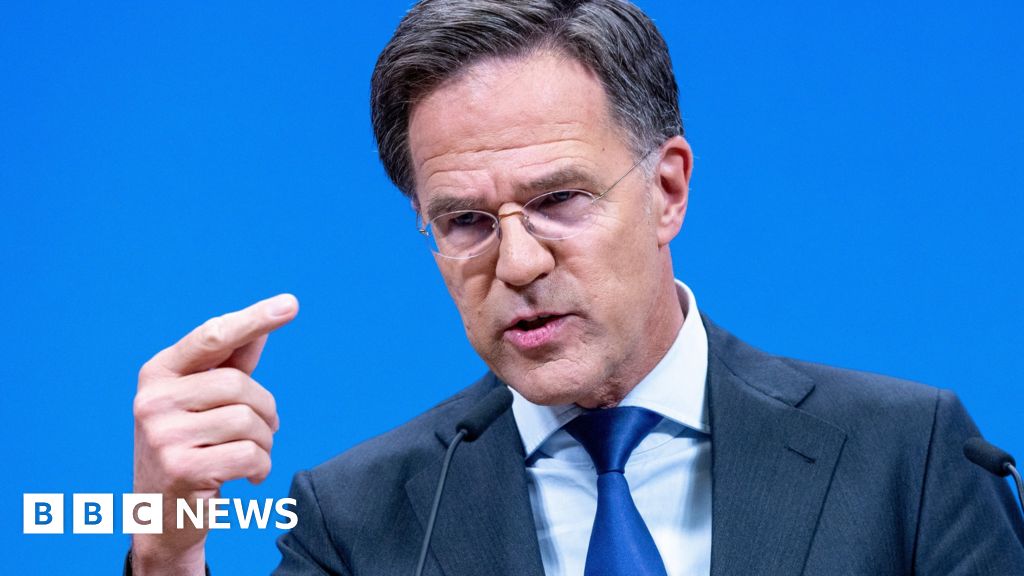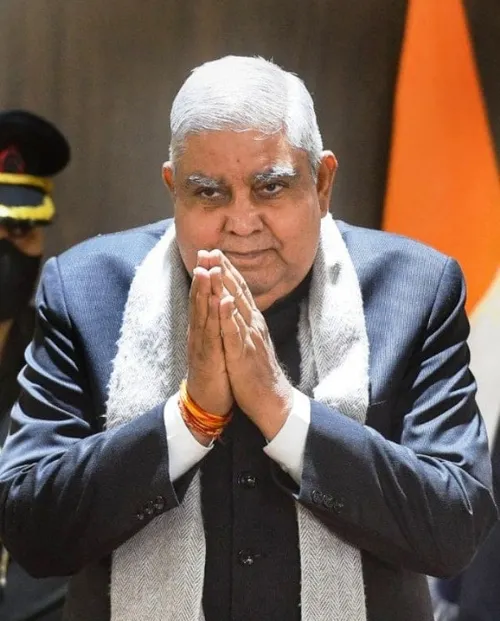Mark Rutte is determined to give Donald Trump a win at the forthcoming Nato summit.
The alliance’s secretary general wants to avoid the scenes of 2016 when, while in his first term, the US president berated European allies for not spending enough on defence and taking advantage of the American taxpayer.
Trump views relationships, even based on collective security, as transactional.
And so at a press conference in Brussels on Thursday, Rutte proposed that Nato members spend 5% of gross domestic product (GDP) on defence – something Trump has openly called for.
The increase – which would more than double Nato members’ current target of spending 2% of GDP – is a big ask for many European nations.
Some may ask if such a deal would be all about deterring Russia, or – at least in part – designed to appease the president.
Rutte’s compromise will slightly ease the burden. It’ll require nations to increase core defence spending to 3.5% of GDP, while the remaining 1.5% will be made up of “defence-related expenditure”.
It’s a sufficiently vague term that allows them some wriggle room. Rutte said it could include the costs of infrastructure and industry.
He said the US will also sign up to the new target – though for Washington, already spending 3.4% on defence, it’ll be relatively painless.
The real test is not the commitment, but whether it delivers. The leaders who are expected to reach an agreement at The Hague will have long gone by the time their respective nations are expected to meet the new target.
There is still no timetable, but it’s likely to be about 10 years. Nor is there any real sanction that Nato can impose on defaulters. A handful of nations still have to meet the 2% target set more than a decade ago.
At a press conference in Brussels on Thursday, Rutte – who previously ran one such country that has yet to meet the 2% target – was asked if he could ensure that countries would meet the commitment over time.
He only said that he had a “cunning plan” to hold political leaders to account, “that nations will commit to yearly plans showing the increase each year to make sure that you come to the new target of 5%”.
This would prevent a “hockey stick” on a graph of spending over time, where it suddenly ramps up towards the end, he argued.
Rutte will visit the UK next week to meet Prime Minister Sir Keir Starmer. The Nato chief’s proposed spending commitment dwarfs the UK prime minister’s current defence plans, under which the UK would spend 2.5% of its GDP by 2027, with an “ambition” to raise this to 3% in the next parliament.
US Defence Secretary Pete Hegseth claimed to reporters on Thursday that countries including France, Germany, the Baltic and Nordic countries, Poland, Greece and Hungary had already committed to the 5% pledge.
He declined to name the countries who had yet to commit, but said he was sure the UK was “going to get there”.
“We think everyone is going to get there, we really do. It’s important they do. It’s important that the UK gets there,” Hegseth said.
Additional reporting by Adam Hale and PA Media
Anurag Dhole is a seasoned journalist and content writer with a passion for delivering timely, accurate, and engaging stories. With over 8 years of experience in digital media, she covers a wide range of topics—from breaking news and politics to business insights and cultural trends. Jane's writing style blends clarity with depth, aiming to inform and inspire readers in a fast-paced media landscape. When she’s not chasing stories, she’s likely reading investigative features or exploring local cafés for her next writing spot.






